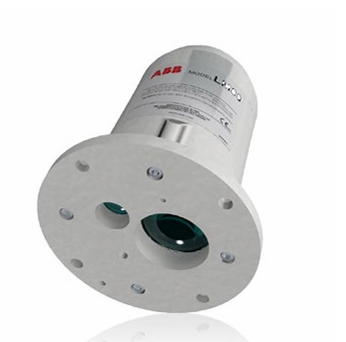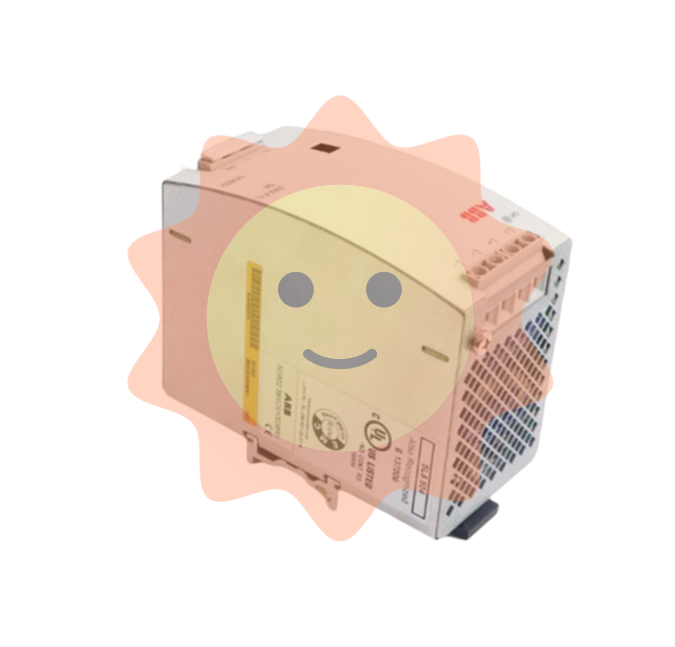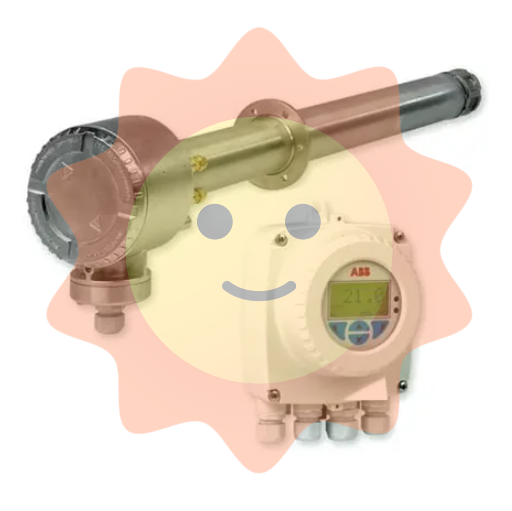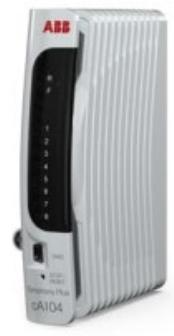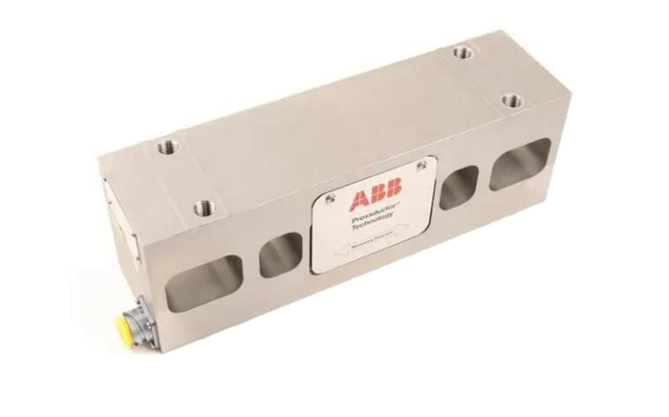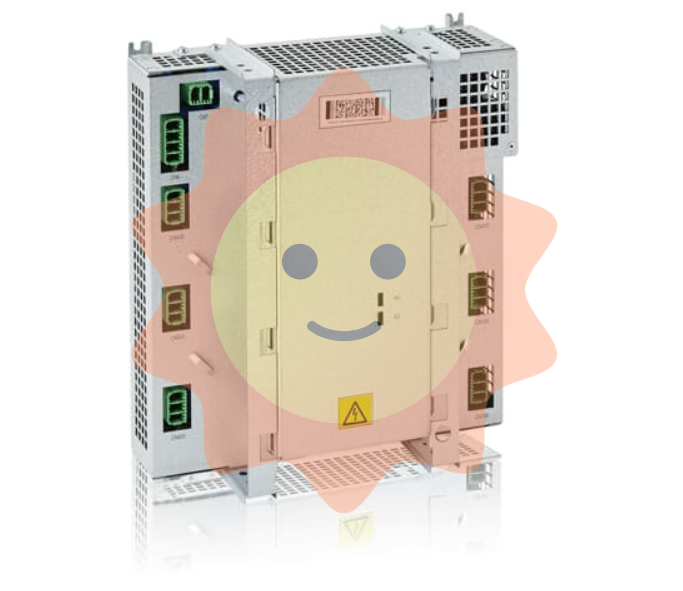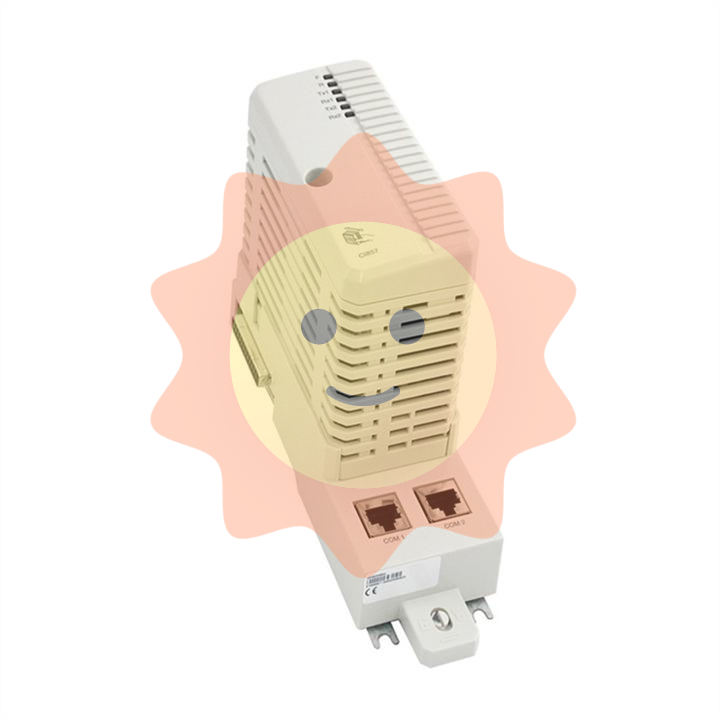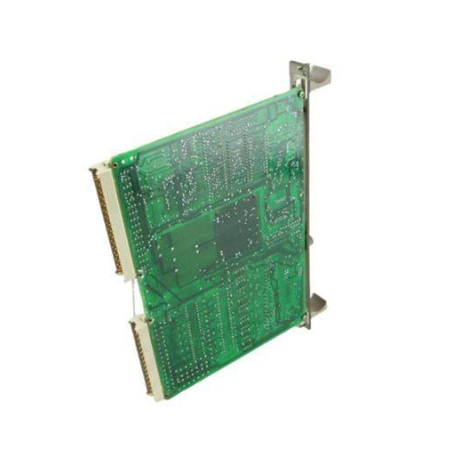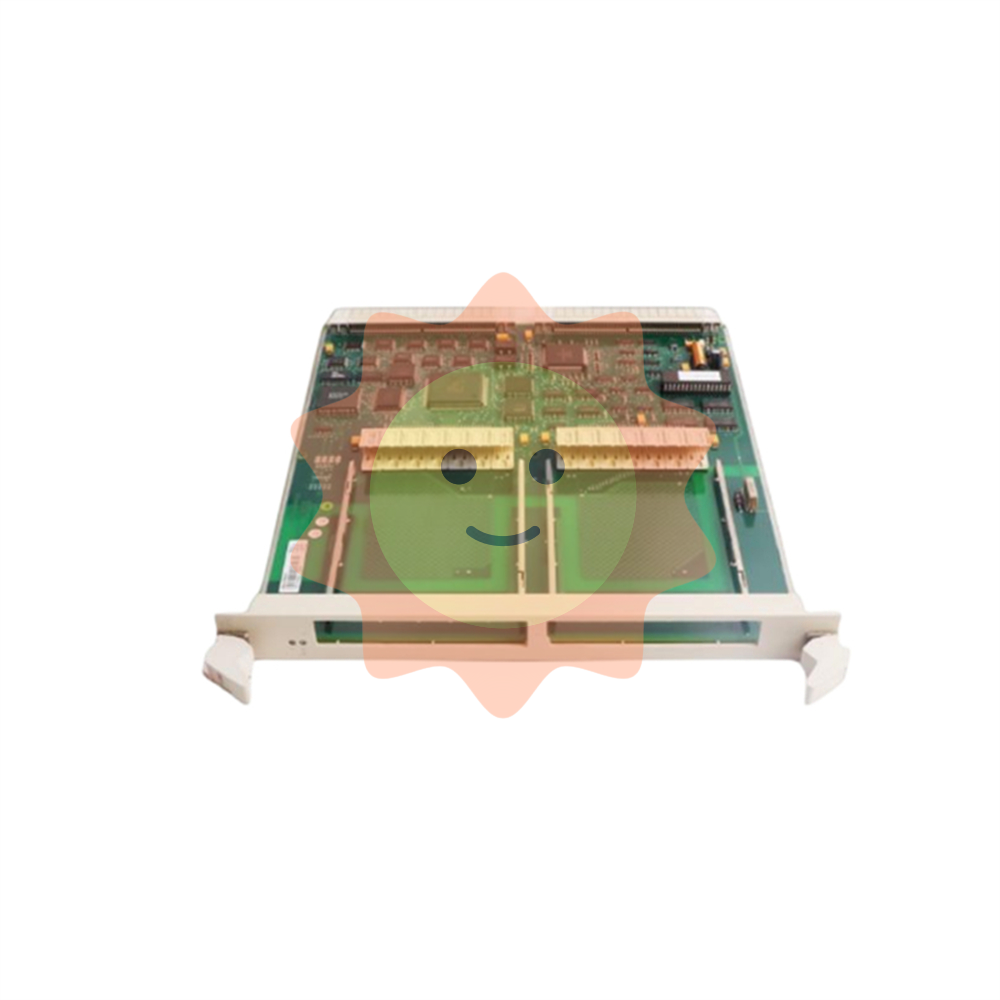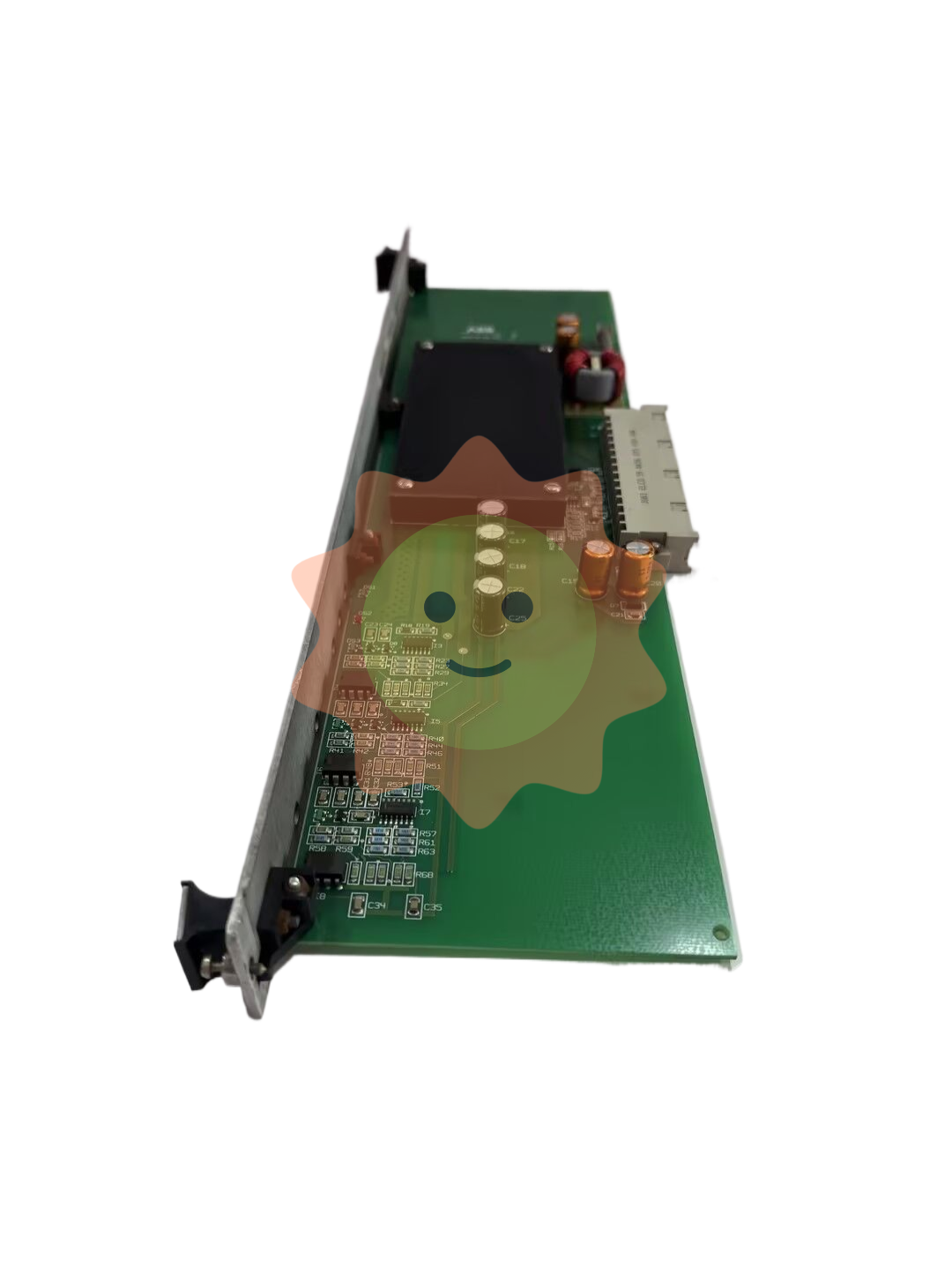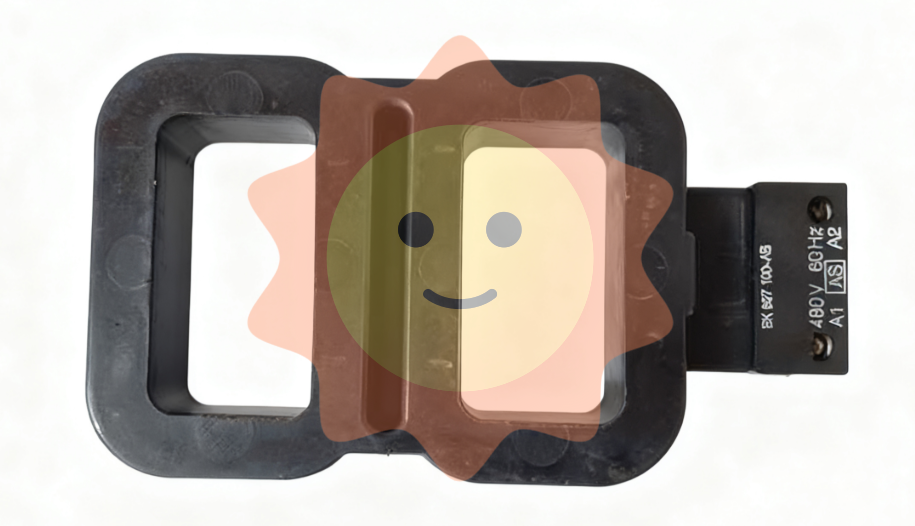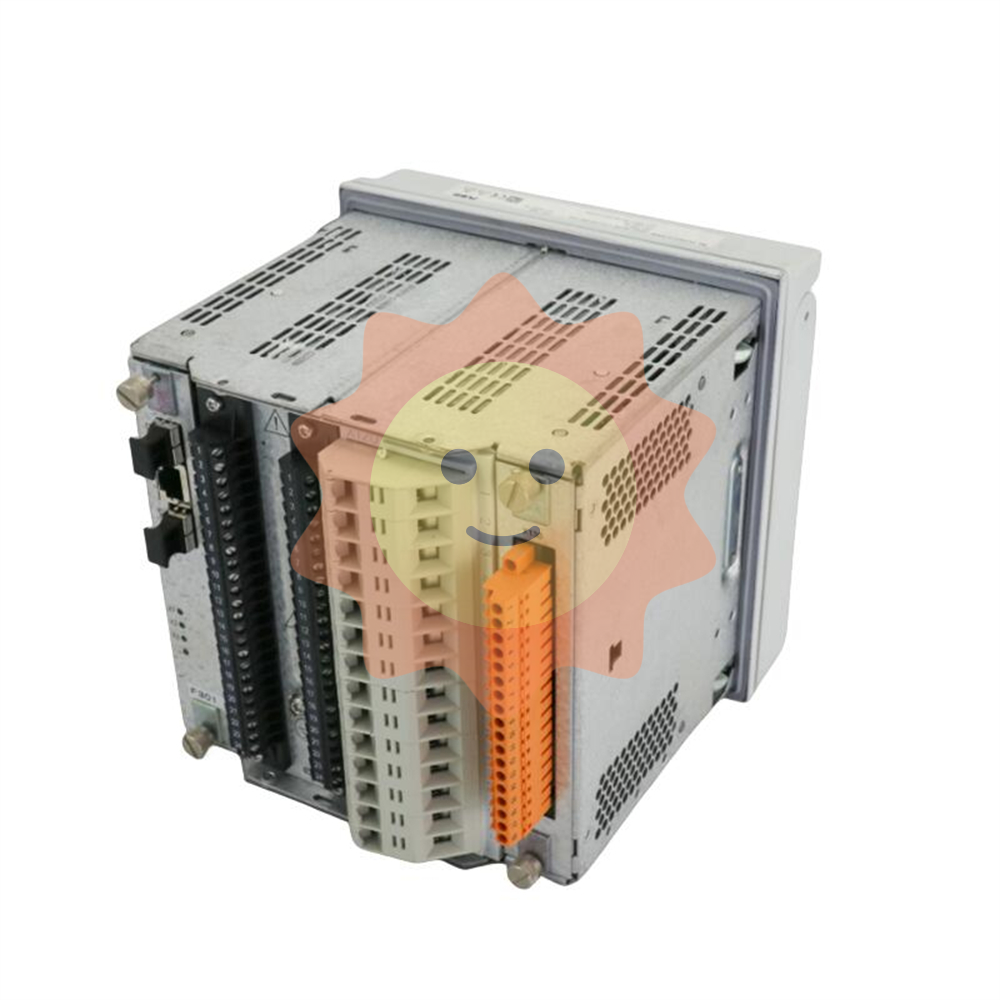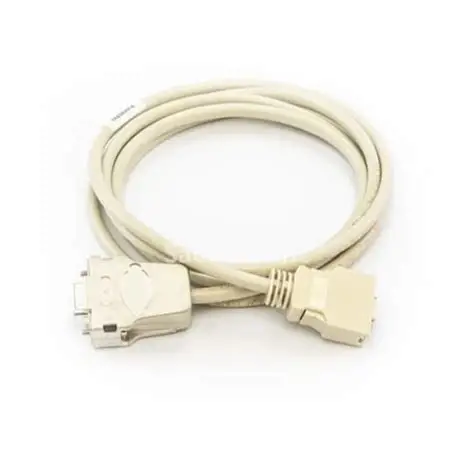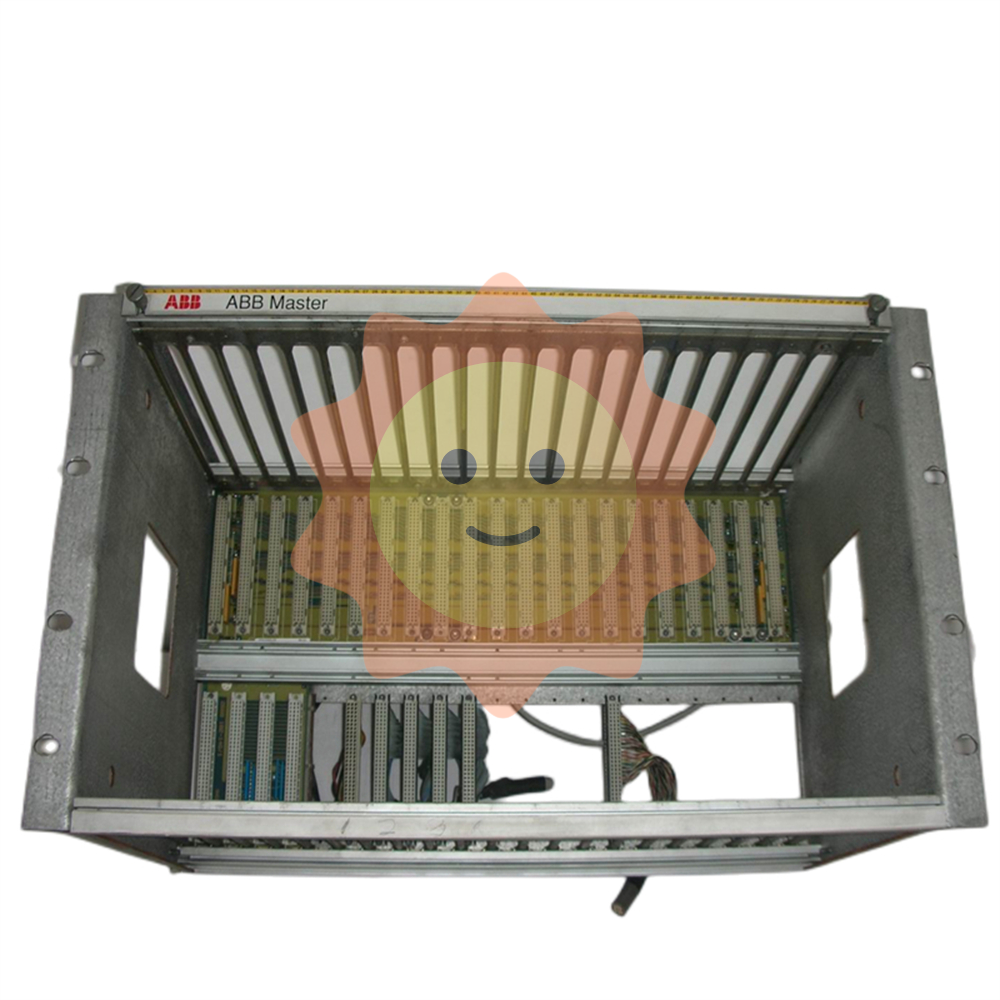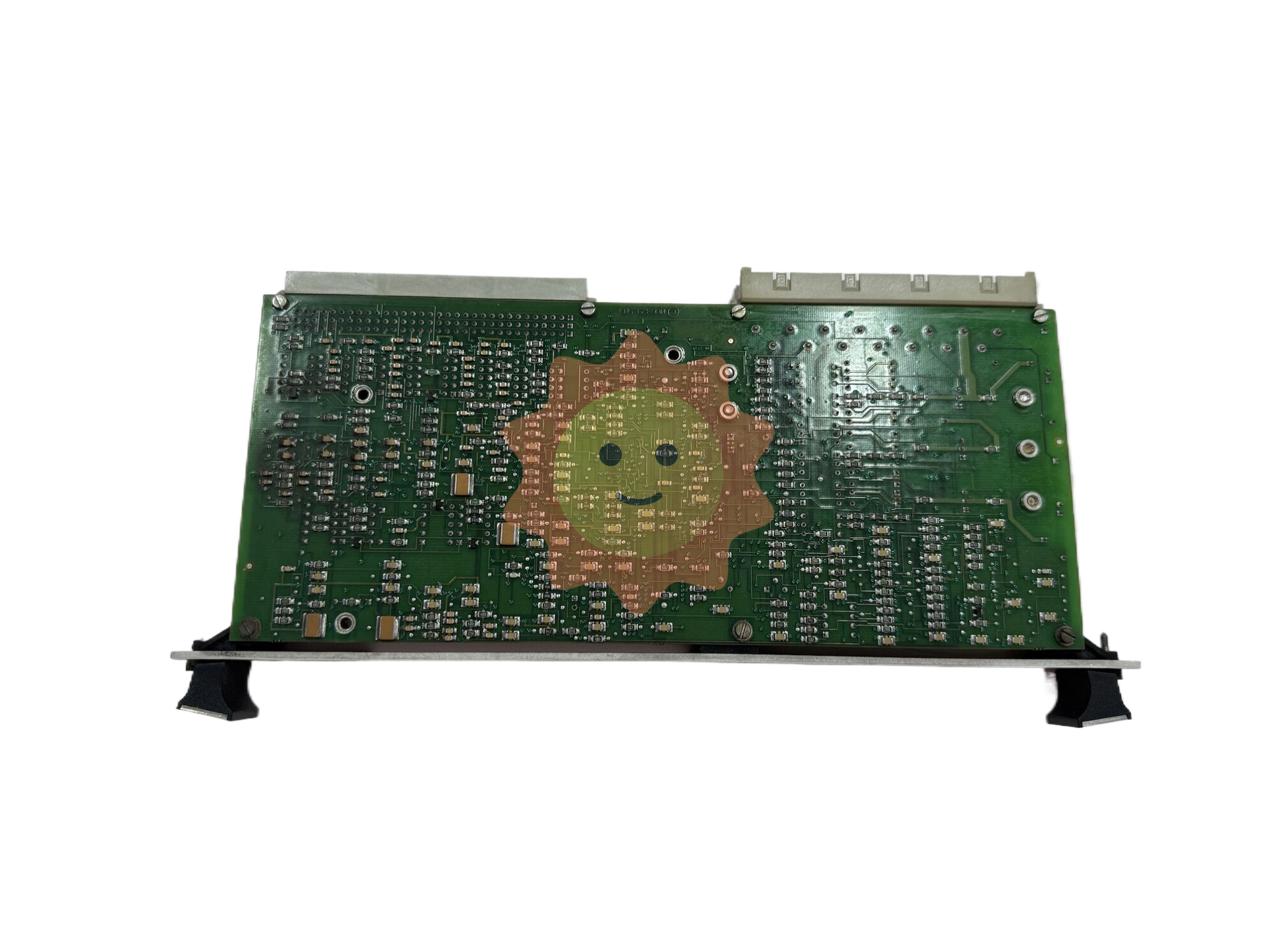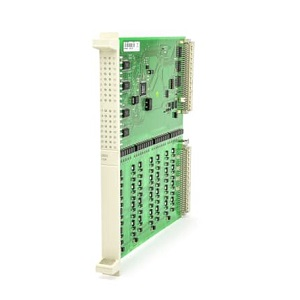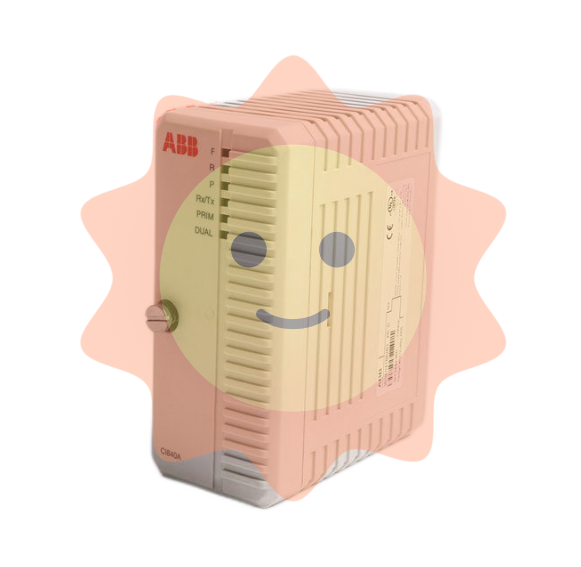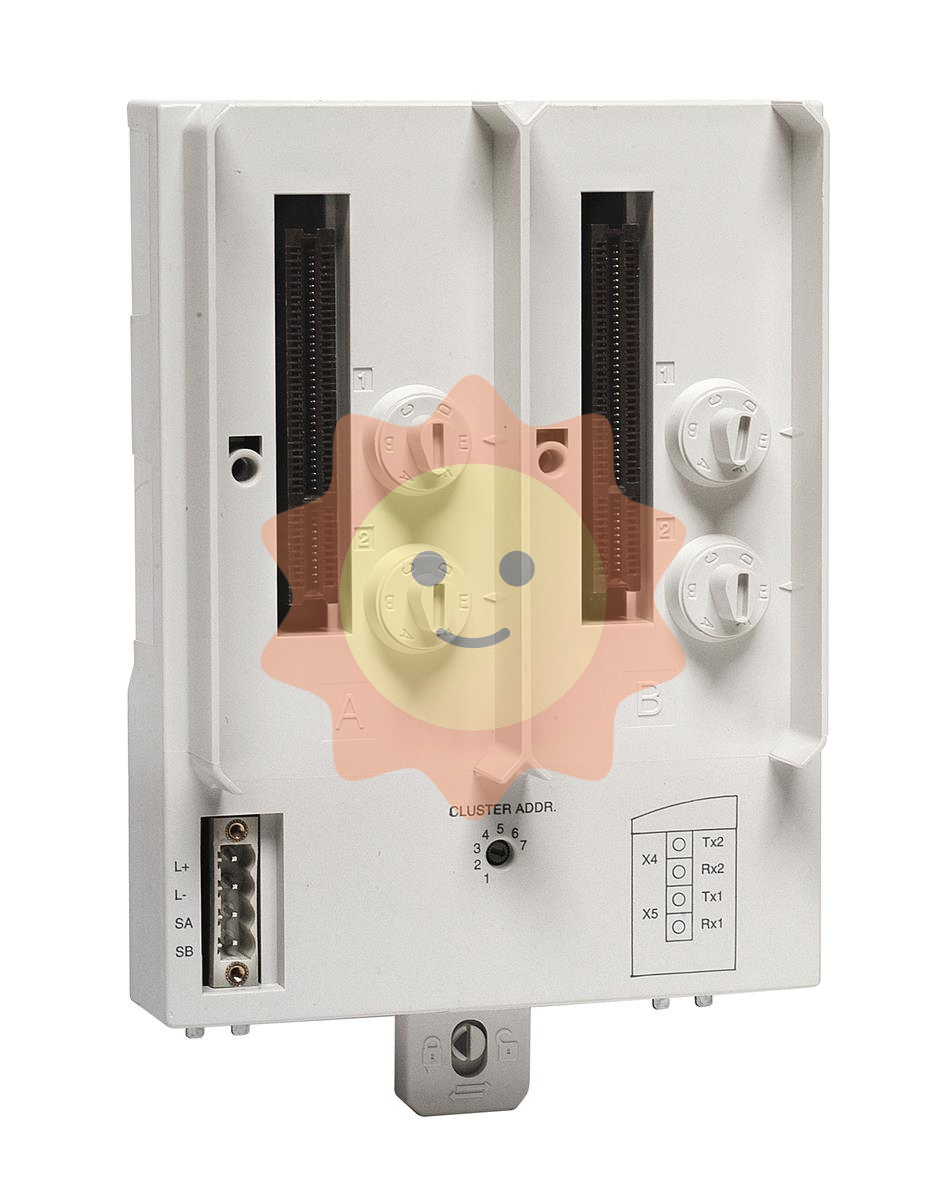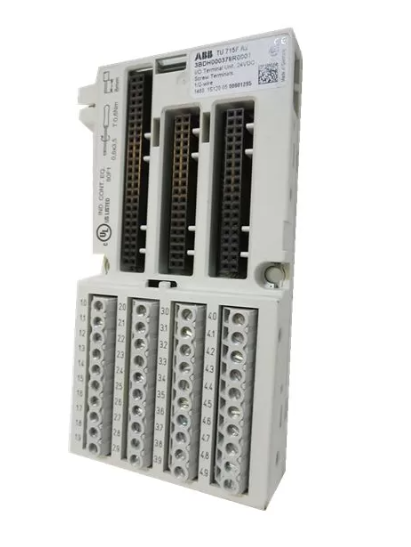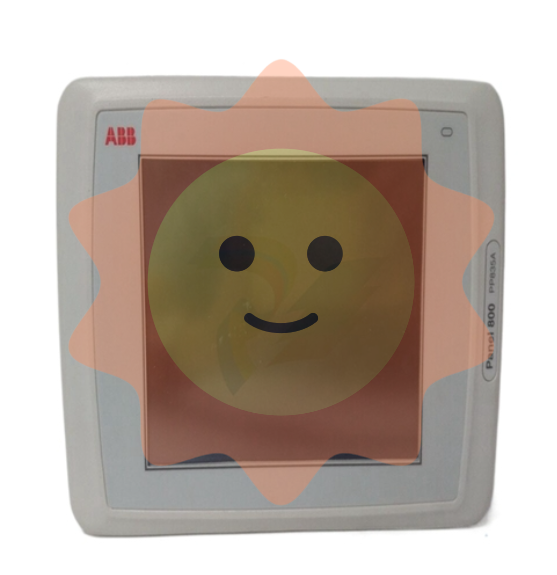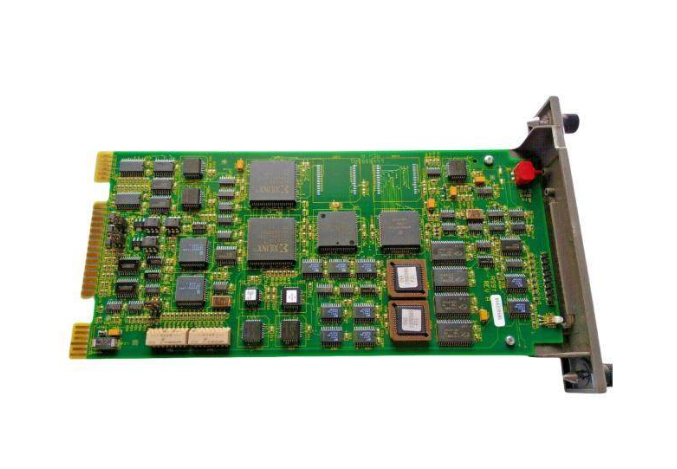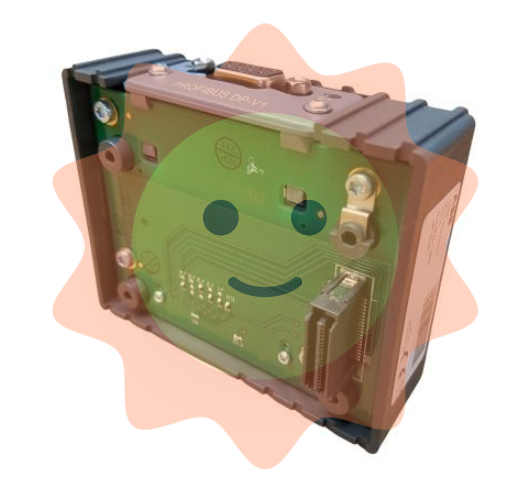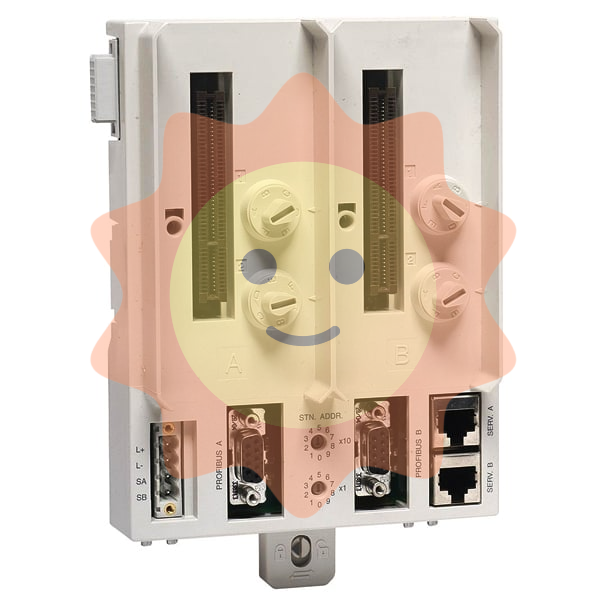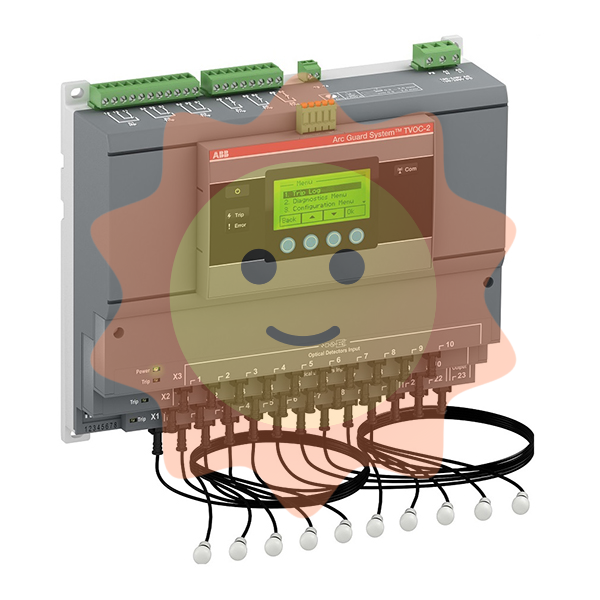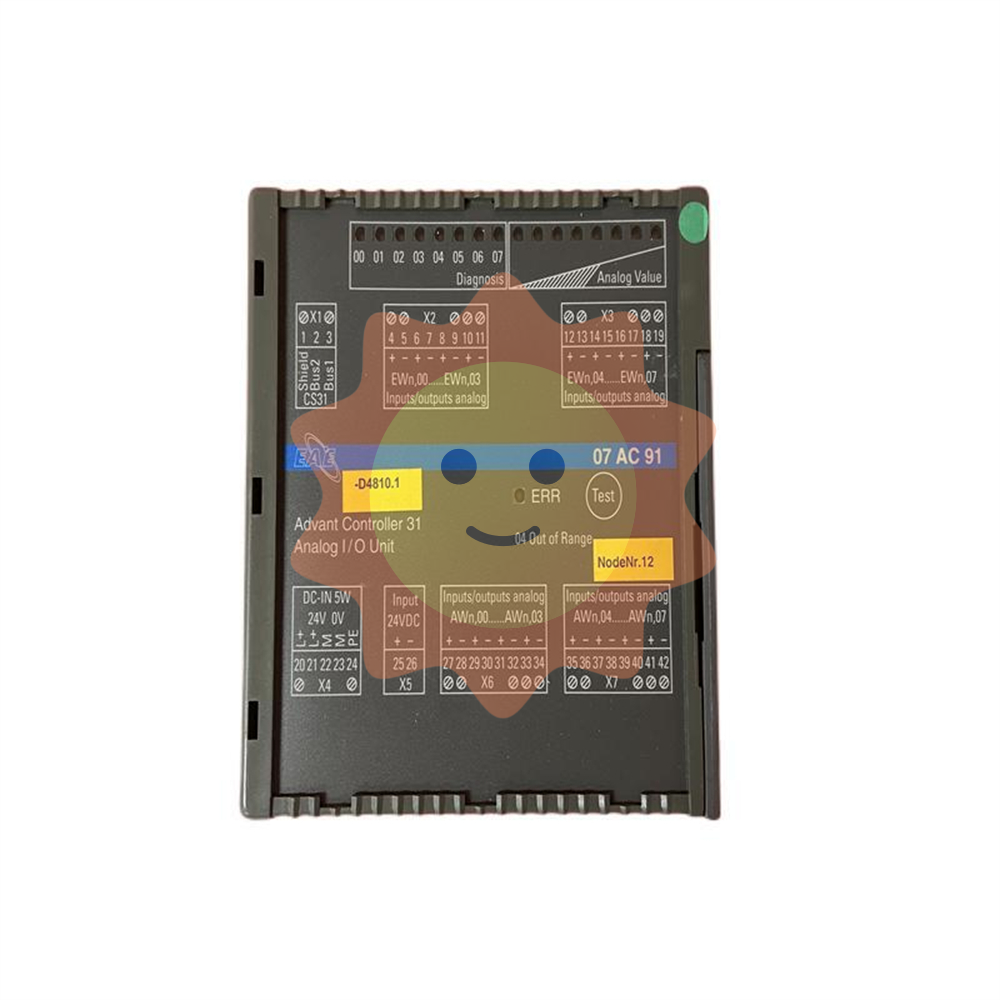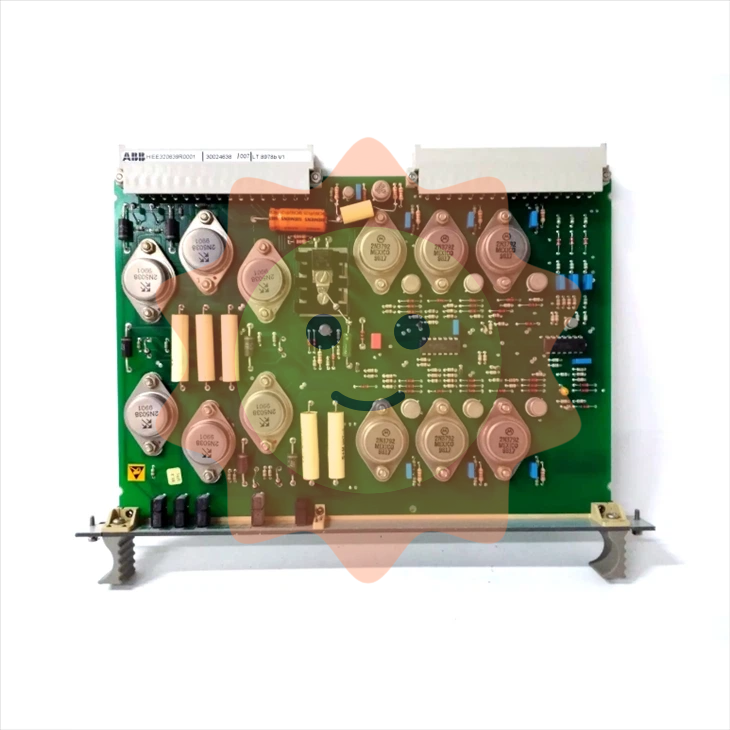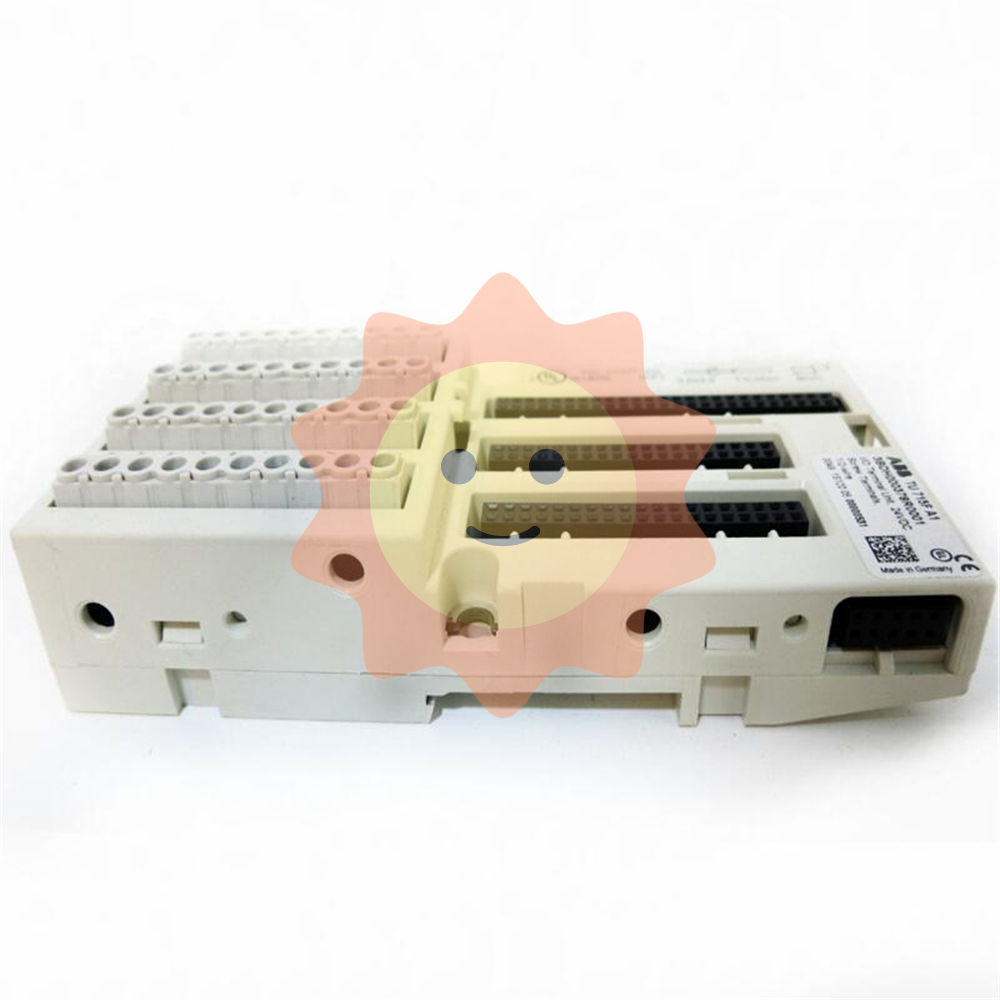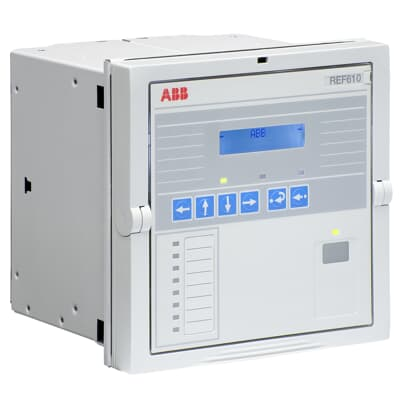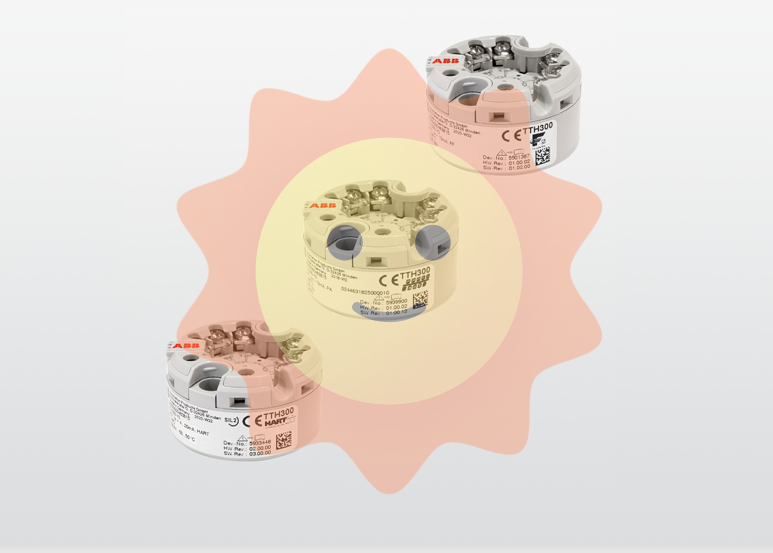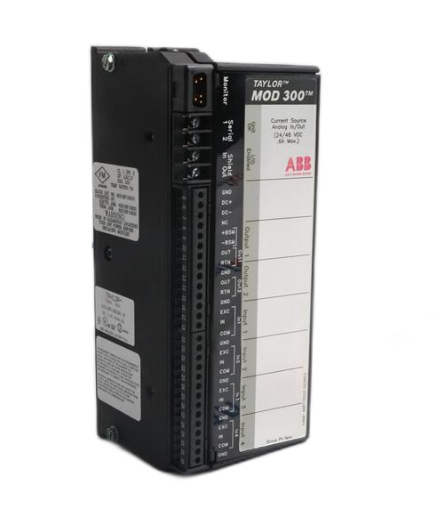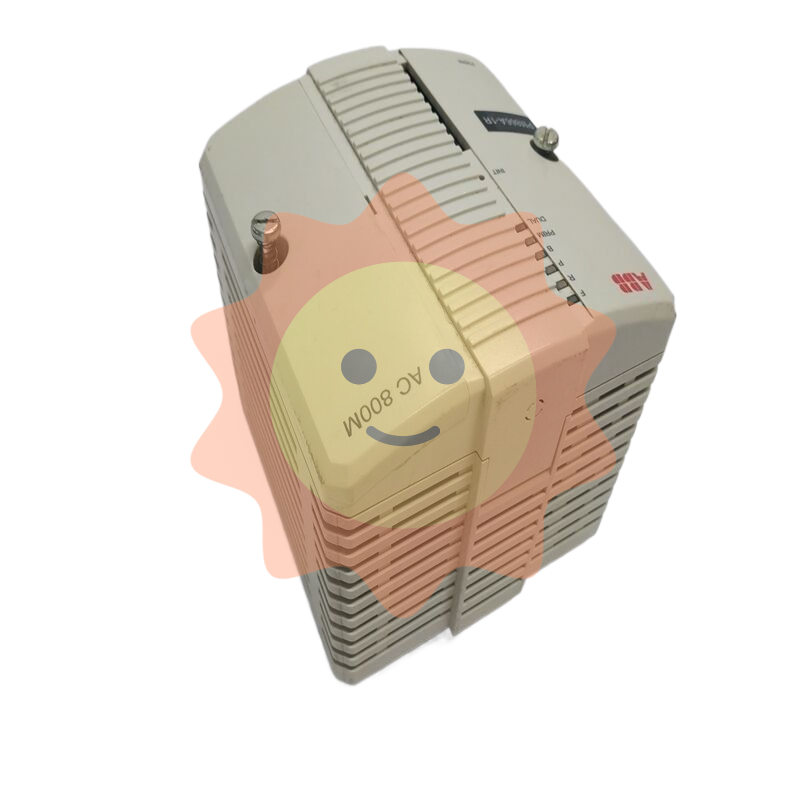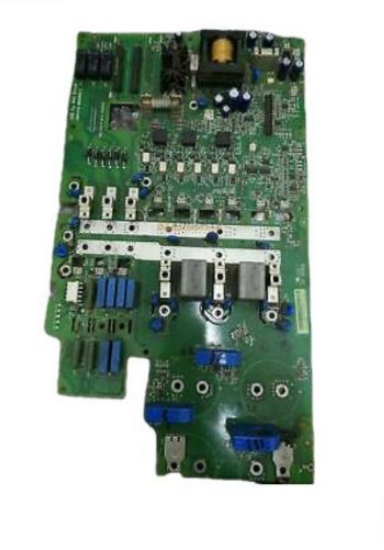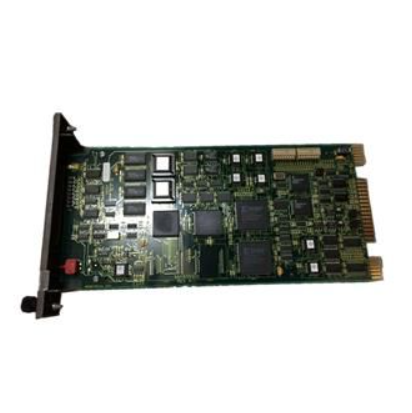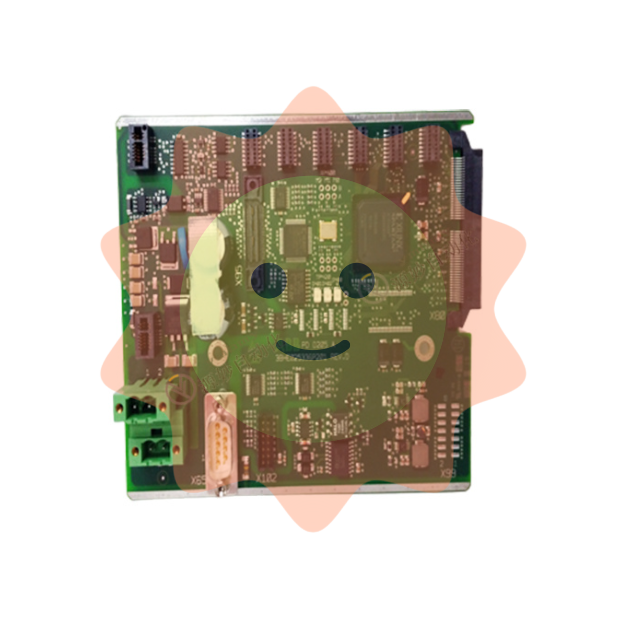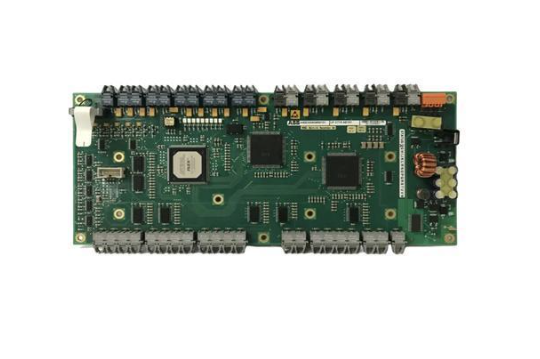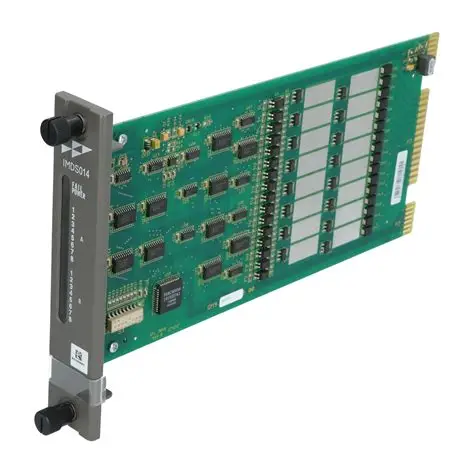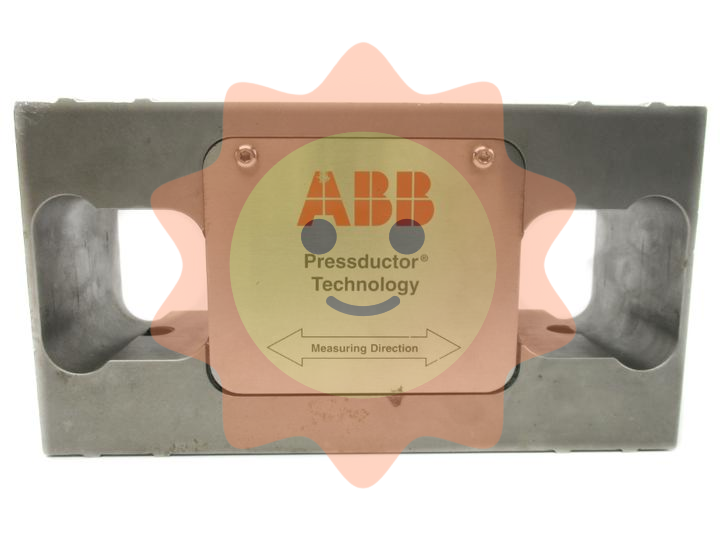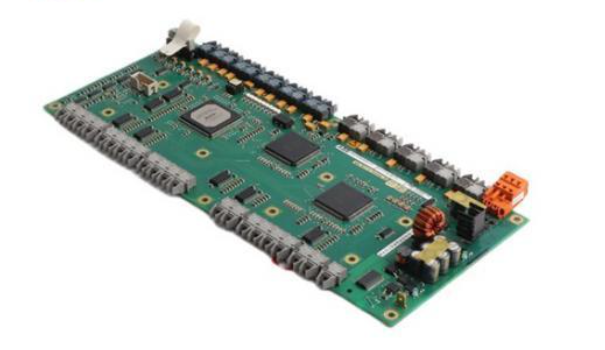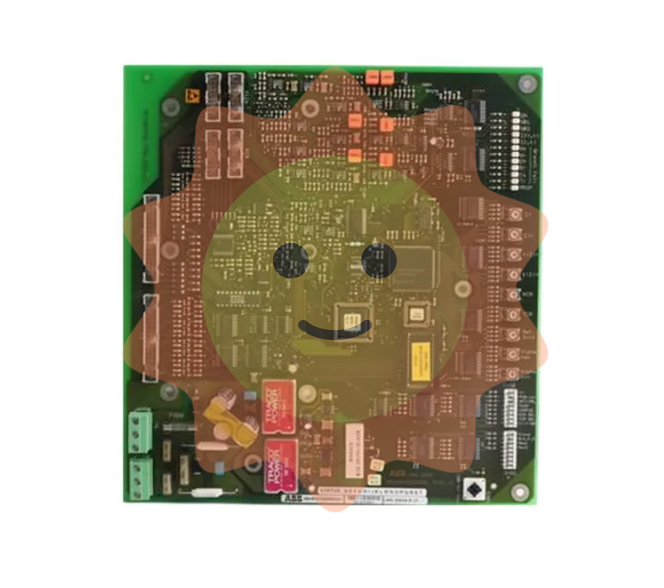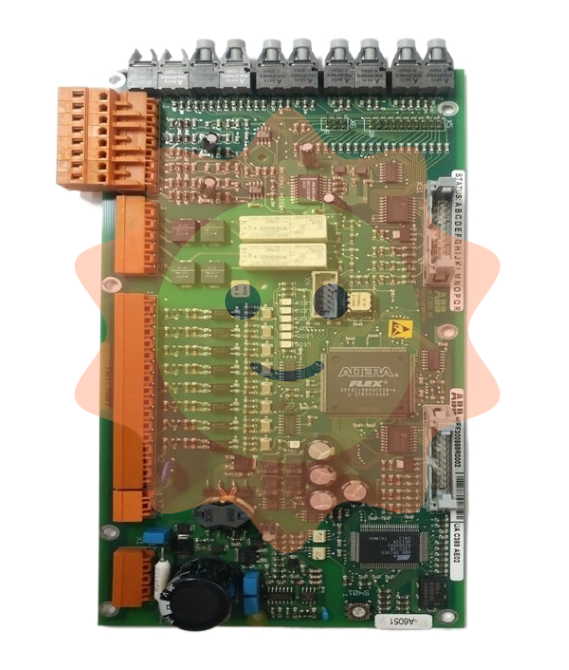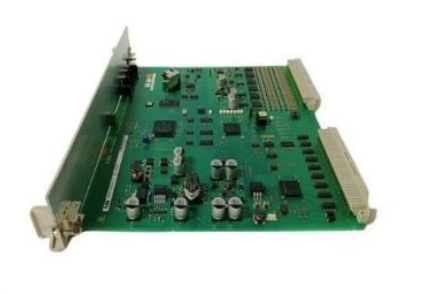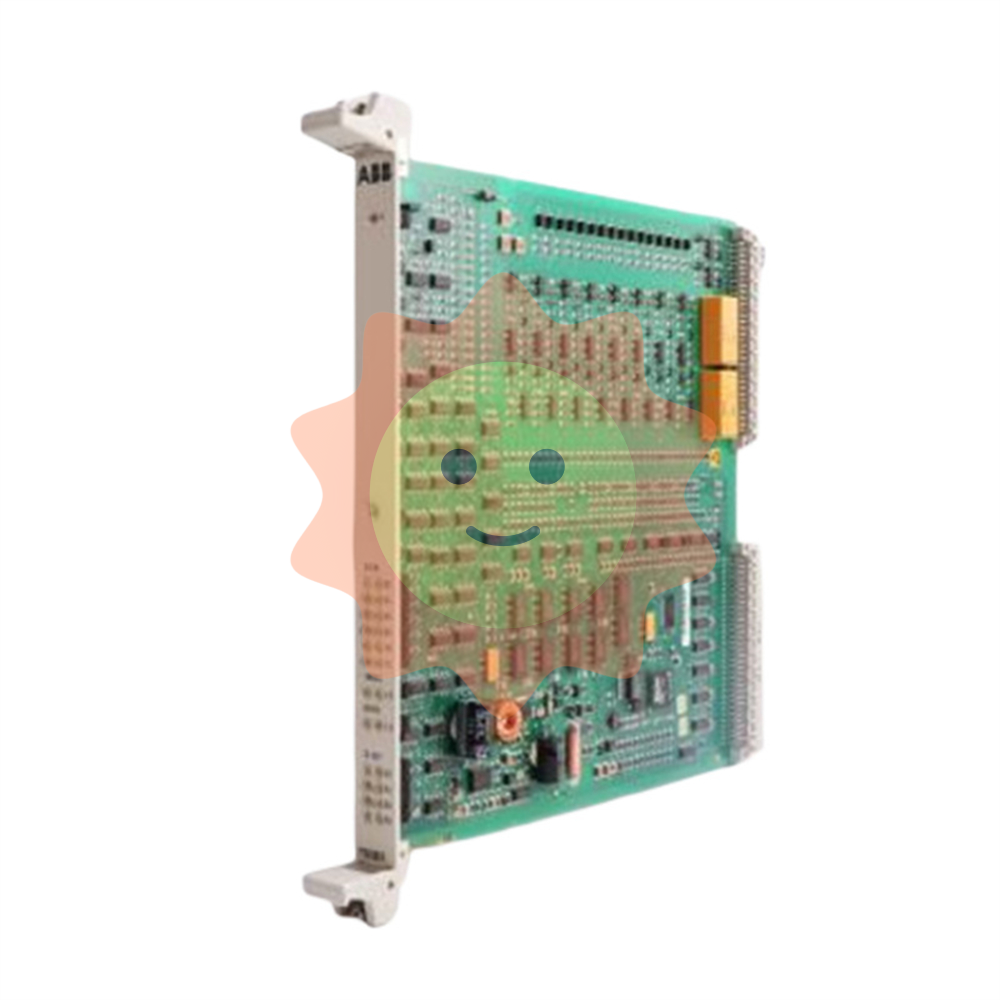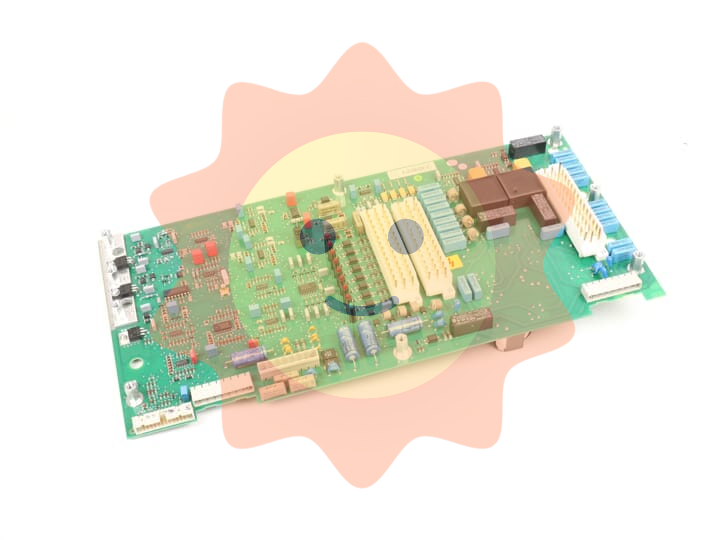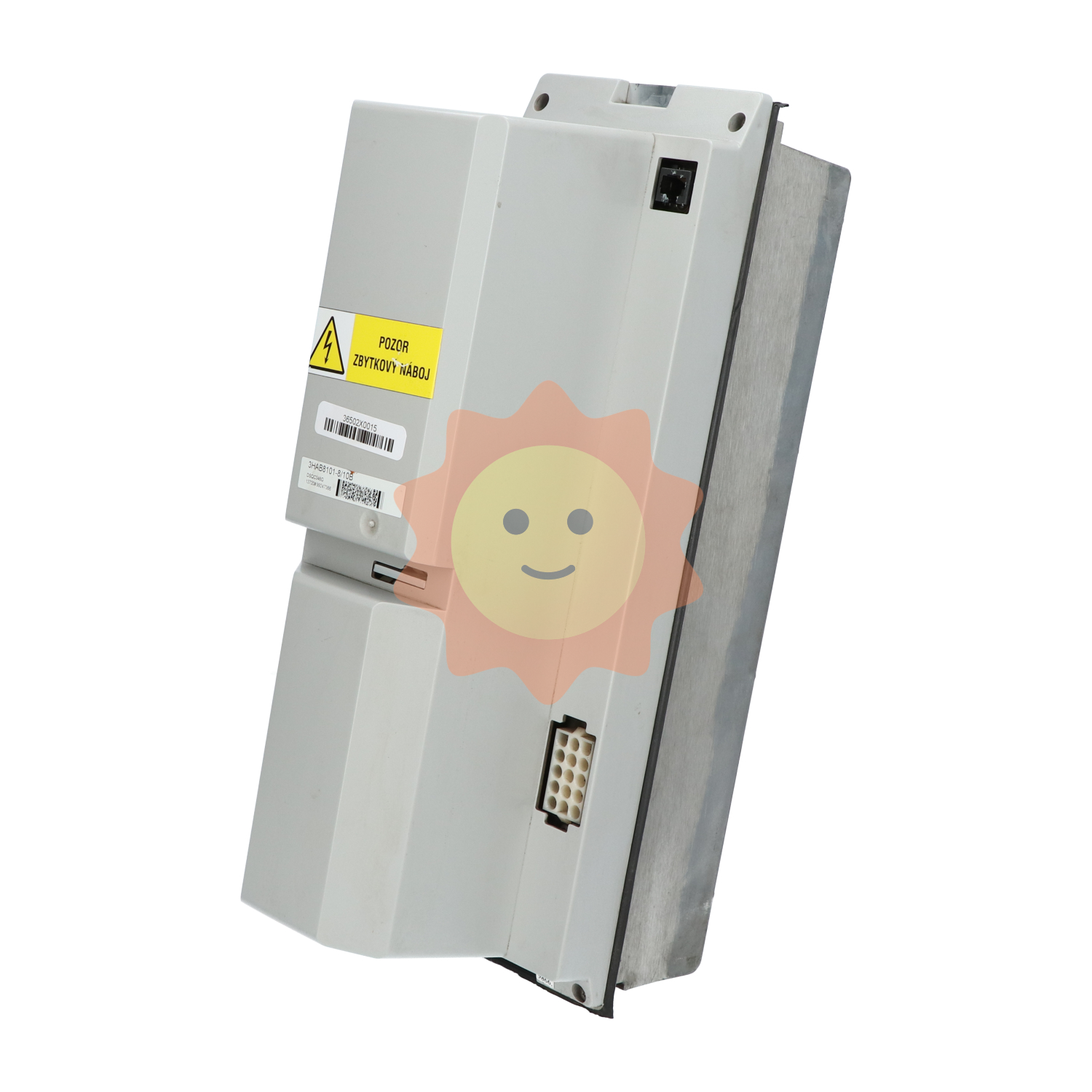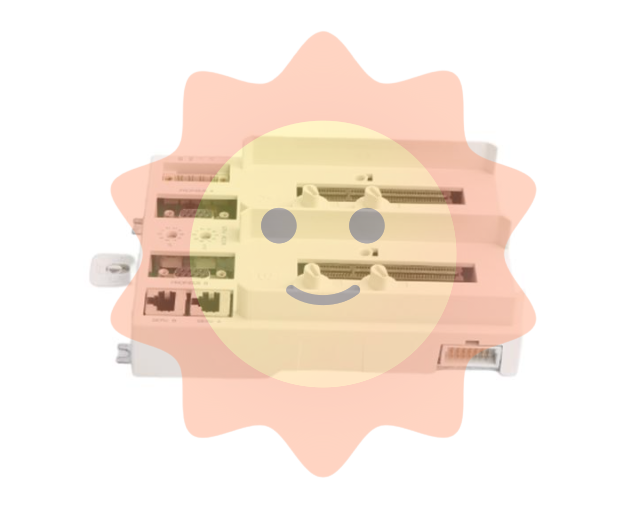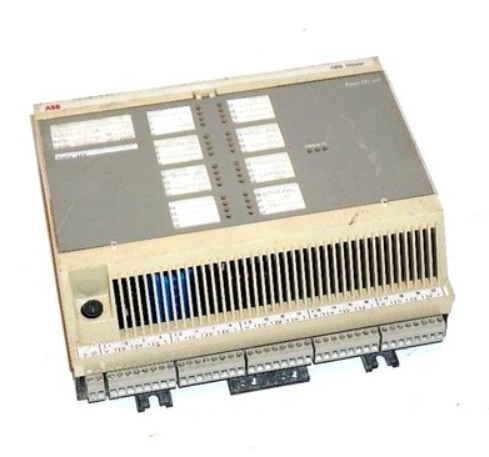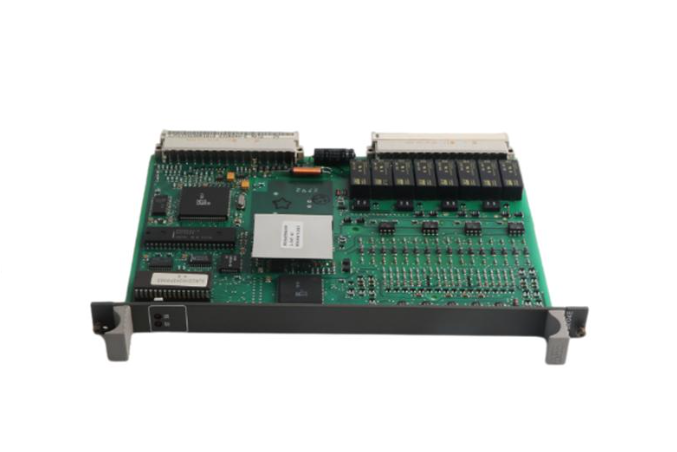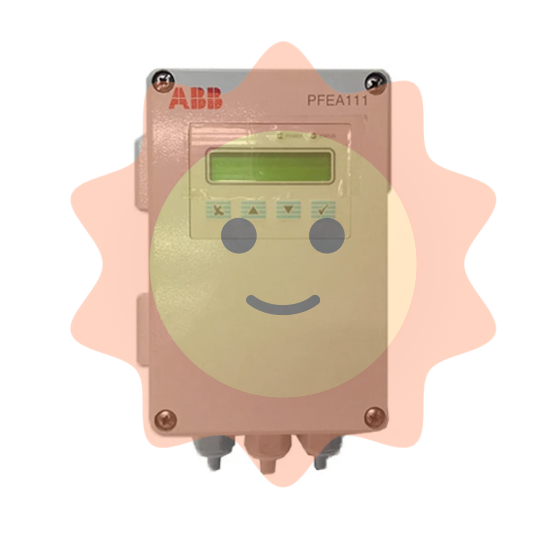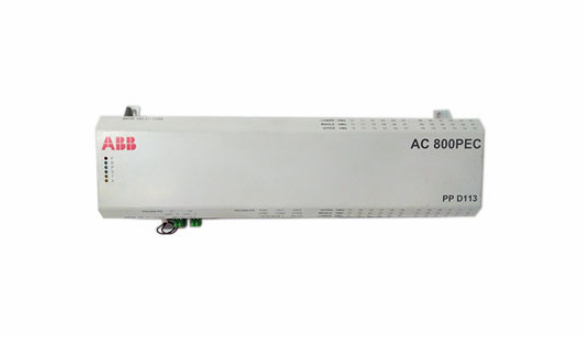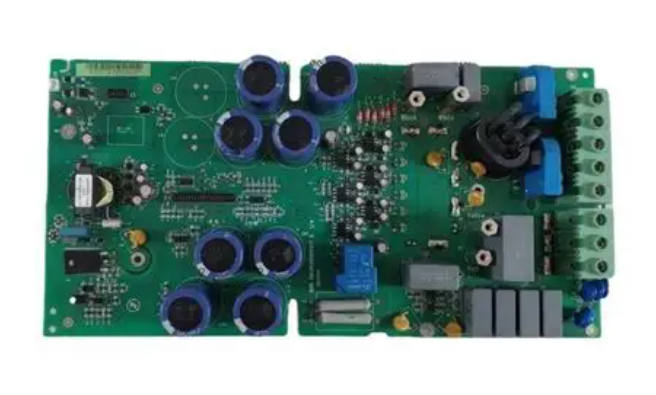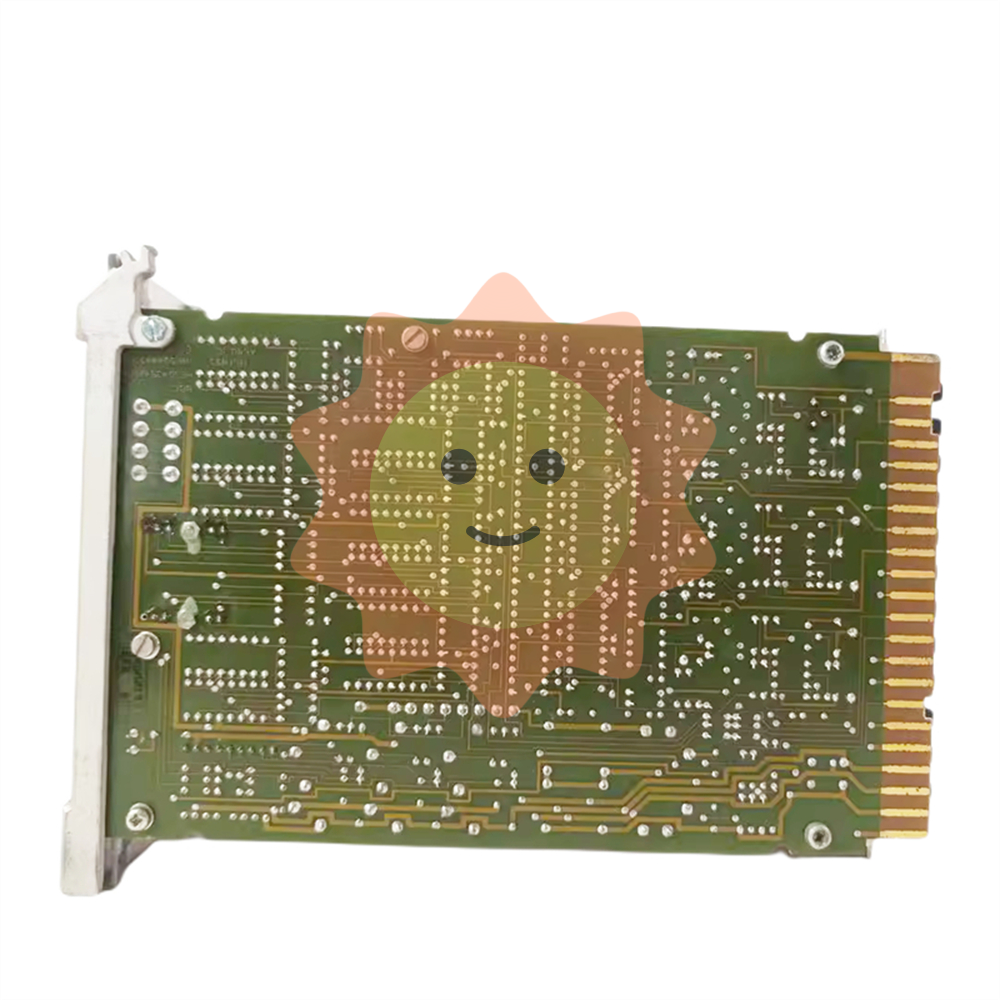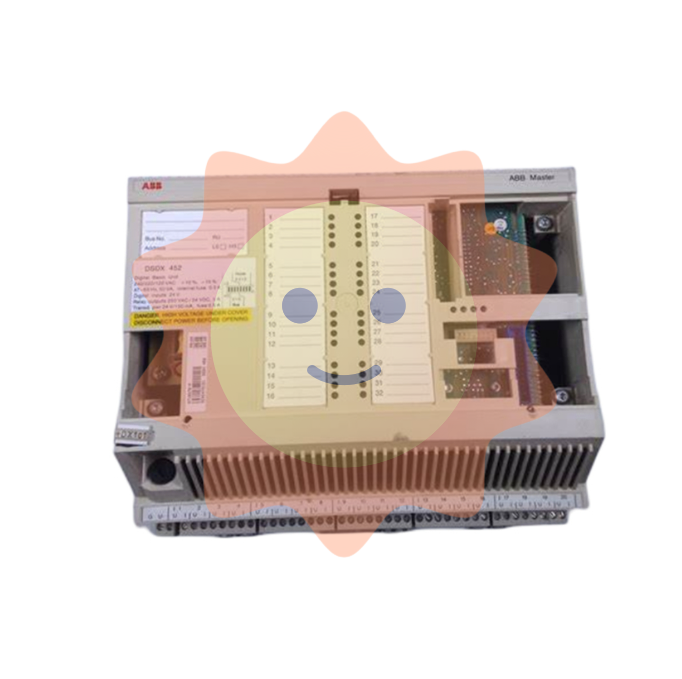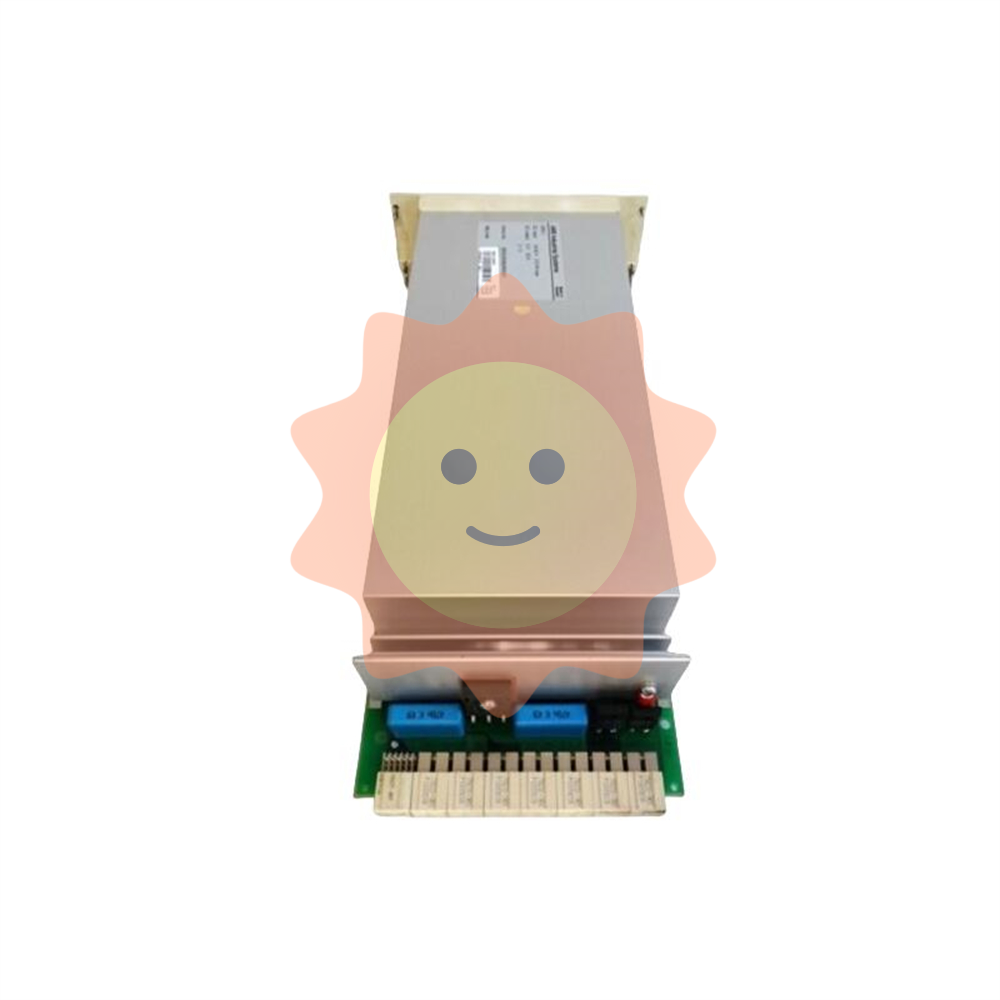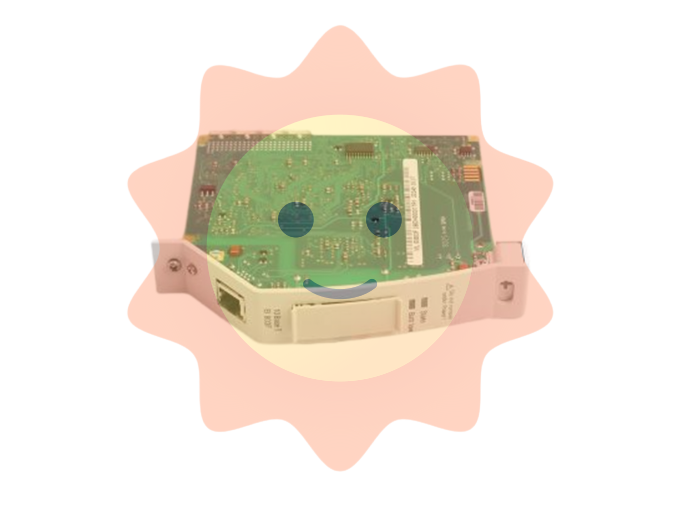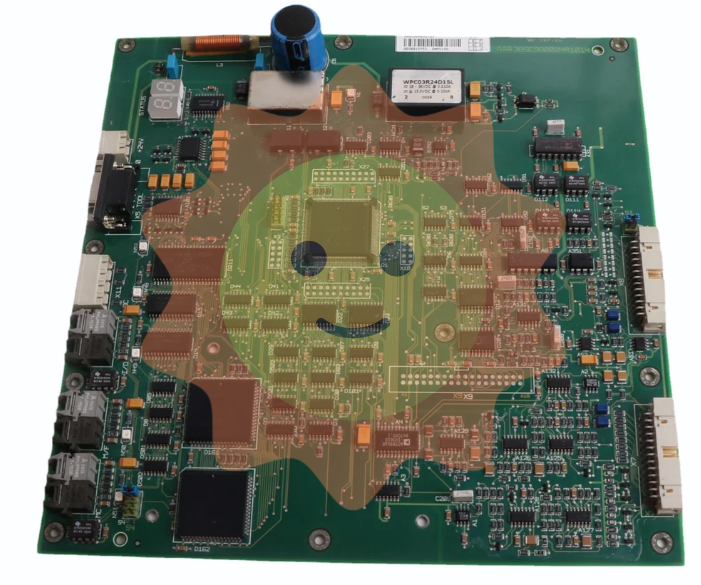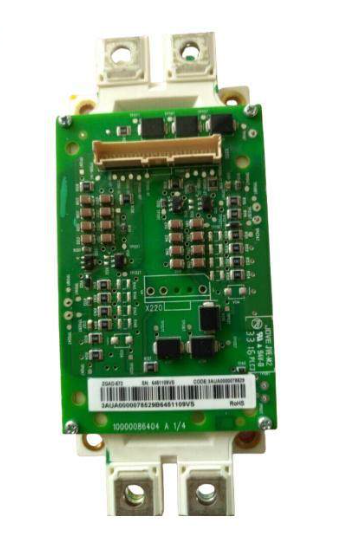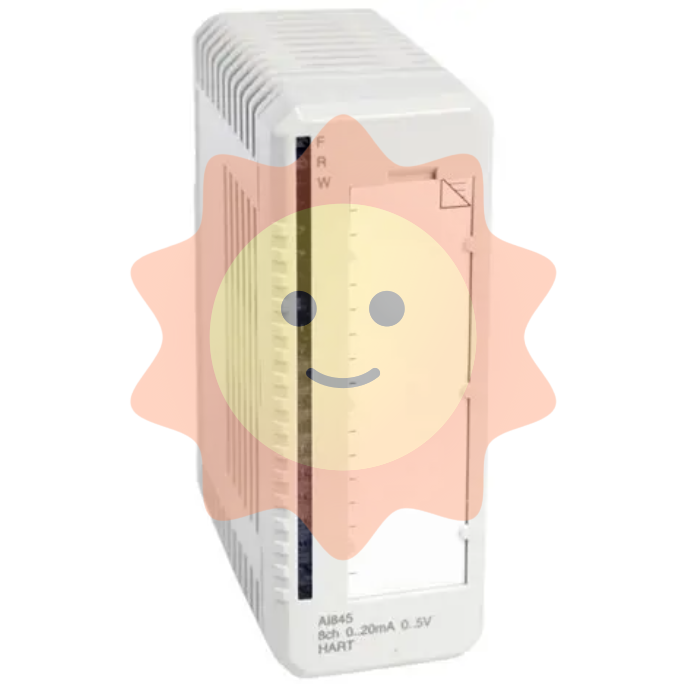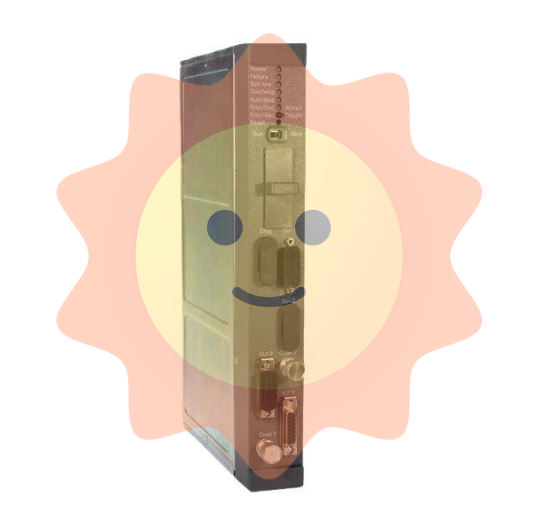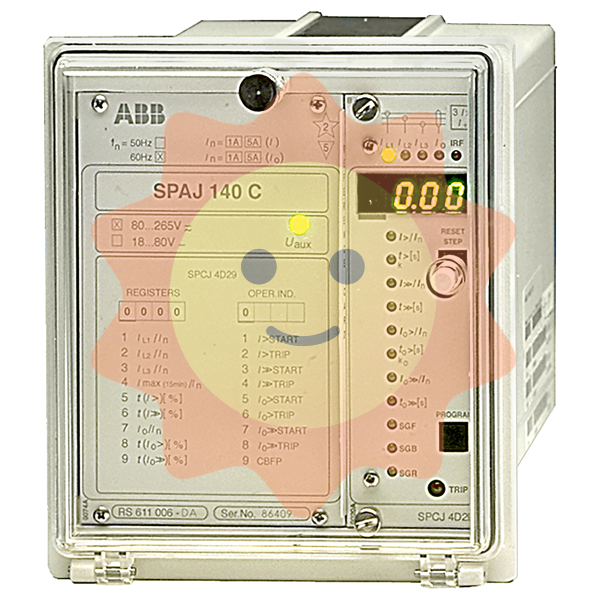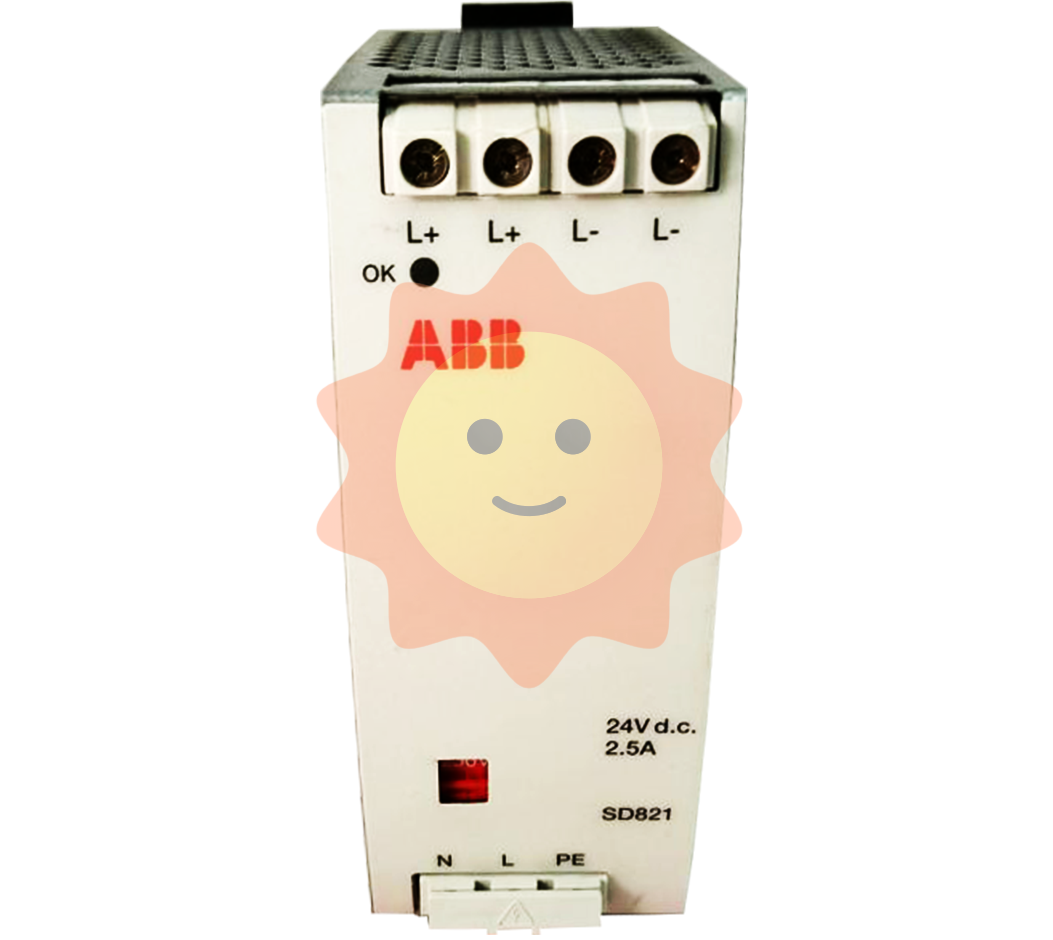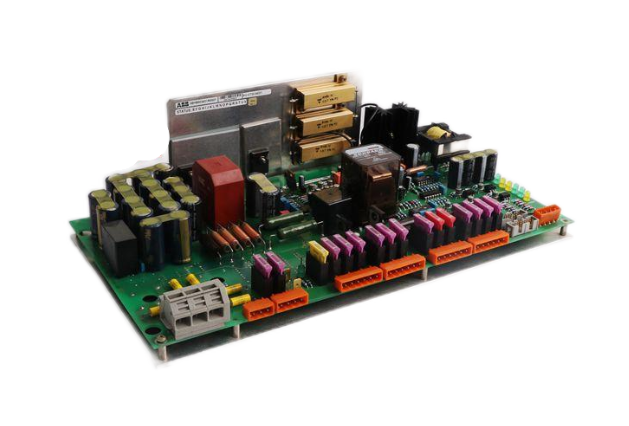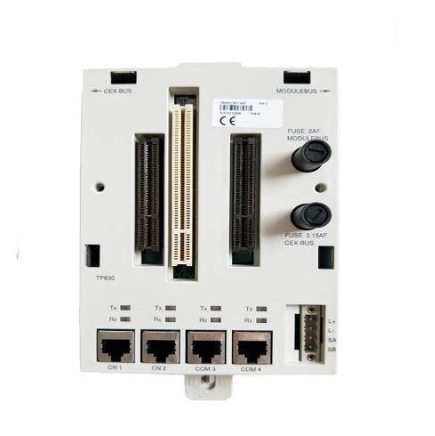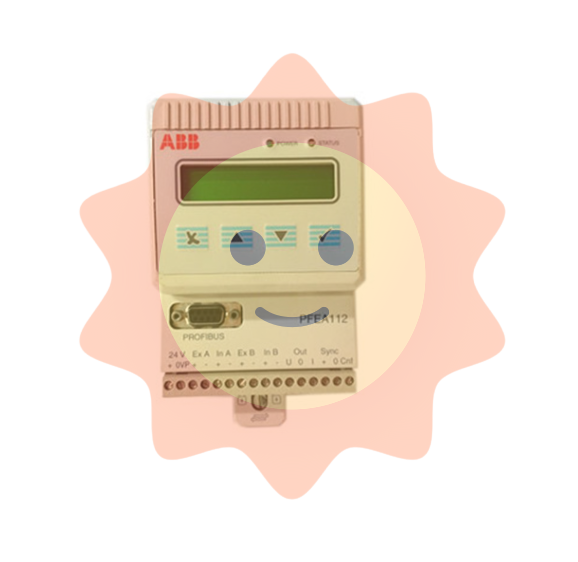Steel industry supply chain to achieve the goal of "double carbon" path analysis and impact on cost
First, energy conservation and emission reduction in the steel industry chain and supply chain is the key to "carbon reduction"
(1) Steel production has large carbon emissions and high unit energy consumption
The development stage of China's economy, the characteristics of resource endowment, the heavy industrial structure and the energy structure dominated by fossil energy have resulted in a large carbon emission base and rapid growth in China. The Global Energy Internet Development Cooperation Organization's "China's Carbon Peak before 2030 Research Report" shows that in 2019, China's whole society carbon emissions of about 10.5 billion tons, of which energy activities carbon emissions of about 9.8 billion tons, accounting for 87%. In the carbon emission structure of energy activities, the carbon emissions of energy production and conversion and energy terminal consumption accounted for 47% and 53% respectively, and the steel industry was the largest carbon emission industry in the field of energy terminal consumption, accounting for 17% of the carbon emissions in the field of energy activities, far higher than the second and third building materials (8%) and chemical industry (6%). In 2017, China emitted 2 tons of carbon dioxide per ton of steel, far higher than the international advanced level. In 2018, the comprehensive energy consumption of China's key large and medium-sized iron and steel enterprises reached 555 kg of standard coal/ton, much higher than Germany's 251 kg of standard coal/ton and the United States' 276 kg of standard coal/ton. It can be seen that while the carbon emissions of steel production account for the largest proportion in the field of energy consumption, the unit energy consumption is high, and there is a big gap compared with the international advanced level.
(2) Large flow of steel, many transportation links, and large carbon emissions
At present, China has built the most complete steel industry system of the global industrial chain, which effectively supports the demand for steel in the downstream industry and the steady and rapid development of the national economy, and the steel output ranks first in the world for 25 consecutive years, resulting in huge material flow. The main reason for the large carbon emissions of China's steel industry logistics is that it is affected by resource endowments. In the transportation of raw materials, affected by the shortage of domestic natural mineral resources, especially high-grade mineral resources, iron and steel raw materials rely on imports, resulting in long-distance transportation. The second is affected by the layout of the steel industry. Domestic raw materials are mainly reflected in the "north timber south transport", which makes the raw materials involving iron ore, coking coal and other bulk materials transport distance is longer. In the transportation of finished products, due to the large number of iron and steel enterprises in China, highly dispersed and widely distributed, the origin layout is far away from the consumer market, making the finished products need large-scale and long-distance transportation. The southeast coastal areas, especially the Pearl River Delta region, have a large long-term demand, and the production capacity of the Bohai Rim region needs to flow to the south. Third, it is affected by production technology. China's iron and steel production is dominated by long flow technology, and intra-plant transfer is complicated. Usually from the production point of view, the annual output of crude steel is 1 billion tons, and the corresponding flow is about 10 billion tons, of which four are transported outside the plant and six are transported inside the plant. The fourth is affected by the mode of transportation of steel. Transportation is the second largest carbon emission field of energy consumption in China. Among them, roads consume the most energy, accounting for 83% of the total energy consumption in the transport sector, followed by waterways, and railways are the cleanest and low-carbon mode of transport, accounting for 3% of the total energy consumption in the transport sector. China's iron and steel logistics adopt a large number of road transportation, which inevitably produces a large number of carbon emissions. Therefore, the iron and steel industry is affected by many factors such as resource endowment, production layout, technology and transportation mode, with high output, large material flow and huge carbon emissions.

Second, the steel industry must take effective measures to reduce carbon emissions
(1) Establish a carbon emission accounting system and guide industries to reduce carbon emissions
Carbon trading takes carbon dioxide emission rights as a commodity, thus forming the trading of carbon dioxide emission rights. In 2011, China's carbon emissions trading pilot work began, in 2013, the first carbon emissions trading platform in Shenzhen began trading, since then, Beijing, Tianjin, Shanghai, Guangdong, Hubei, Chongqing and other provinces and cities have launched carbon emissions trading pilot. On July 16 this year, the national carbon emissions trading market opened. Because the power generation industry is in the field of energy production and conversion with the largest carbon emission in the whole society, it is the first to be included in the national carbon emission rights trading market.
In order to achieve the "double carbon" goal, the steel industry, as the largest carbon emission industry in the field of energy terminal consumption, is the key area of carbon control management, and will be included in the national carbon emission rights trading market in the future, in order to promote the transformation of steel production enterprises to the direction of cleaner production to reduce carbon emissions. Therefore, iron and steel enterprises urgently need to carry out the construction of carbon emission accounting standard system, carbon control organization system, personnel training, etc., so as to establish a carbon emission accounting system for the steel industry and lay the foundation for the implementation of carbon quota allocation and carbon emission trading system.
(2) Implement the transformation of steel production processes to reduce carbon emissions in production
The 14th Five-Year Plan calls for promoting the clean and efficient use of coal and other fossil energy, and promoting the green transformation of steel, petrochemical, building materials and other industries. The Global Energy Internet Development Cooperation Organization's "China's Carbon peak before 2030 Research Report" proposes that to achieve carbon peak, we must "change the mode of energy production with clean alternatives, and change the mode of energy use with electric energy instead."
The process transformation of green steel production includes electric furnace steelmaking and hydrogen steelmaking. Electric furnace steelmaking is the main way to promote the replacement of electric energy, with scrap steel as the main raw material and electricity as the main energy source, this method has low energy consumption, low emissions and obvious advantages of energy saving and emission reduction. At present, China's electric furnace steelmaking accounted for only 9%, while the United States and the European Union accounted for 62% and 40%, respectively. At present, the development conditions of electric furnace steelmaking are mature, energy saving and environmental protection, and China should adopt more low-carbon electric furnace steelmaking to reduce carbon emissions in steel production. Hydrogen steelmaking is conducive to hydrogen instead of carbon monoxide as a reducing agent for steelmaking, and there is no carbon dioxide emission in the reduction process, which can realize the complete decarbonization of steel production, and is the future development direction.

(3) Steel logistics to green transformation, reduce steel supply chain carbon emissions
Iron and steel logistics should achieve green development by changing the mode of transport, developing multimodal transport, and developing intelligent transportation. The first is to change the mode of transport, on the one hand is to promote "electricity instead of oil", and promote enterprises to use new energy vehicles for road transport. At present, the development of China's new energy automobile industry is leading the world, new technologies continue to emerge, the cost of lithium batteries continues to decline, and hydrogen energy technology is gradually mature and applied, with the advantages of developing new energy vehicles; On the other hand, from road transport to cleaner railway transport, reduce the proportion of road transport, increase the proportion of railway transport, speed up the construction of freight railways, solve the "last kilometer" problem, attract enterprises to choose railway transport. In the 14th Five-Year Plan, it is proposed to speed up the transportation of bulk goods and medium - and long-distance goods "rotating rail" and "rotating water". Secondly, it is to develop multimodal transport, strengthen infrastructure construction, multimodal transport station construction, logistics park construction and so on. First, the development of autonomous driving technology, according to the Ministry of Transport research, autonomous vehicles than human driving can save up to 12% fuel, more energy saving and environmental protection, at present China's rapid development of autonomous driving technology, the basic conditions for promotion and application; The second is to build an information platform to promote the development of shared transportation modes and improve logistics pendulum, and realize real-time data exchange and information sharing through the information platform to improve logistics efficiency.
Third, the implementation of carbon emission reduction measures in the steel industry has a huge impact on costs
(A) The steel industry carbon emissions accounting system construction needs to increase investment. In accordance with the requirements of the 14th Five-Year Plan, it is necessary to promote market-oriented trading of carbon emission rights. The investment in the construction of carbon market is not only the investment in the construction of carbon emission system, but also the investment in the construction of various supporting measures within enterprises. The construction of carbon emission accounting system in the steel industry requires a lot of human, financial and material input.
(2) The carbon emission cost of steel production is rising. According to the situation of the spot trading market of carbon emission allowances piloted in the past few years, the general trend of most trading markets is that the total transaction volume is on the rise, and the average transaction price is on the rise. This indicates that the carbon emissions trading costs of non-compliant enterprises will gradually increase. According to the trading data published by Guangzhou Carbon Emission Rights Exchange, the annual trading volume in 2015 was 113,992 million yuan, far lower than the annual trading volume in 2020 of 83,454.15 million yuan, and the average trading price of 25.58 yuan/ton in 2020 was higher than that of 16.38 yuan/ton in 2015. From the national carbon market trading data released by the Shanghai Environment Exchange, the trading volume of the listing agreement in the first month of trading (July 16 to July 30) was 5.052 million tons, the highest trading price was 61.07 yuan/ton, and the average monthly trading price was 51.86 yuan/ton, which was much higher than the trading price during the pilot. In addition, EU carbon emission quota trading data shows that the average closing price for the whole year of 2018 was 17.45 euros/ton, and the average closing price for the whole year of 2019 was 24.91 euros/ton. As can be seen from the carbon emission trading situation in China and the EU, the trading price continues to increase, and the carbon emission cost of non-standard enterprises continues to increase.

(3) Steel logistics road transport needs to pay a price for carbon emissions. The "double points" policy of the automobile industry (that is, the "Measures for the Parallel Management of the average fuel consumption of Passenger Car Enterprises and the points of new energy Vehicles") stipulates that the average fuel consumption of passenger car enterprises produces positive points if the average fuel consumption is lower than the standard value, and negative points if the average fuel consumption is higher than the standard value. The points trading market is a free trading market, and the price of the highest point per point can reach 3,000 yuan. Changan Automobile in 2020 to solve the cost of points not up to 740 million yuan. The 100,000 points obtained by NIO in 2019 were sold in the second half of 2020 and brought in a net income of 120 million yuan.
(4) Steel production needs to pay more costs for process transformation. The process transformation of green steel production includes electric furnace steelmaking and hydrogen steelmaking. In the short term, technology research and development and process transformation require continuous cost input. In the long run, it will reduce carbon emissions and reduce the cost of carbon emissions.
(5) Steel logistics to achieve green development requires a lot of capital investment. Green logistics should be realized by changing the mode of transport, developing multimodal transport, developing smart transportation and other means, and the transformation of related transport modes, infrastructure construction, and logistics informatization construction all require a large amount of capital investment. In the short term, it will bring a large increase in costs, but in the long run, it will bring about the reduction of carbon emissions and the improvement of logistics efficiency of the steel supply chain logistics, thus reducing the logistics costs of the steel industry. In order to achieve the "double carbon" goal, the steel industry should actively explore ways to reduce costs and increase efficiency. The cost of resources and environment for green development will be included in the cost accounting system. To achieve green management, reduce energy intensity and reduce carbon emissions, it is necessary to pay a lot of resource and environmental costs. Therefore, it is necessary to consider the resource and environmental costs into the overall cost of the steel supply chain, and abandon the previous cost accounting method of simply accounting production and logistics costs. Based on a comprehensive understanding of the overall cost of the iron and steel industry chain and supply chain, the impact of various factors on the cost is systematically analyzed with detailed cost data, and the countermeasures to achieve the green development of the iron and steel industry are put forward. At the same time, we should actively study changing industrial layout to improve industrial concentration, optimize product structure to improve product added value, change traditional management concepts, adopt short-distance multimodal transport, information and digital means to improve production and transportation efficiency and improve the recycling of solid gas and waste gas in steel production to reduce the cost of steel industry chain and supply chain. We will promote the healthy and sustainable development of the steel industry.
- EMERSON
- Honeywell
- CTI
- Rolls-Royce
- General Electric
- Woodward
- Yaskawa
- xYCOM
- Motorola
- Siemens
- Rockwell
- ABB
- B&R
- HIMA
- Construction site
- electricity
- Automobile market
- PLC
- DCS
- Motor drivers
- VSD
- Implications
- cement
- CO2
- CEM
- methane
- Artificial intelligence
- Titanic
- Solar energy
- Hydrogen fuel cell
- Hydrogen and fuel cells
- Hydrogen and oxygen fuel cells
- tyre
- Chemical fiber
- dynamo
- corpuscle
- Pulp and paper
- printing
- fossil
- FANUC
- Food and beverage
- Life science
- Sewage treatment
- Personal care
- electricity
- boats
- infrastructure
- Automobile industry
- metallurgy
- Nuclear power generation
- Geothermal power generation
- Water and wastewater
- Infrastructure construction
- Mine hazard
- steel
- papermaking
- Natural gas industry
- Infrastructure construction
- Power and energy
- Rubber and plastic
- Renewable energy
- pharmacy
- mining
- Plastic industry
- Schneider
- Kongsberg
- NI
- Wind energy
- International petroleum
- International new energy network
- gas
- WATLOW
- ProSoft
- SEW
- wind
- ADVANCED
- Reliance
- YOKOGAWA
- TRICONEX
- FOXBORO
- METSO
- MAN
- Advantest
- ADVANCED
- ALSTOM
- Control Wave
- AB
- AMAT
- STUDER
- KONGSBERG
- MOTOROLA
- DANAHER MOTION
- Bently
- Galil
- EATON
- MOLEX
- Triconex
- DEIF
- B&W
- ZYGO
- Aerotech
- DANFOSS
- KOLLMORGEN
- Beijer
- Endress+Hauser
- MOOG
- KB
- Moxa
- Rexroth


Email:wang@kongjiangauto.com



